Have you ever thought that some wild creatures with slender body and dark brown coarse pelage can be creeping across the bushes as you walk by heading to your classroom? Has it ever occurred to you that right after you leave one of those gardens on campus, a small herd of wild birds may quietly flew down from the tree twigs above, dipping their bills in water?
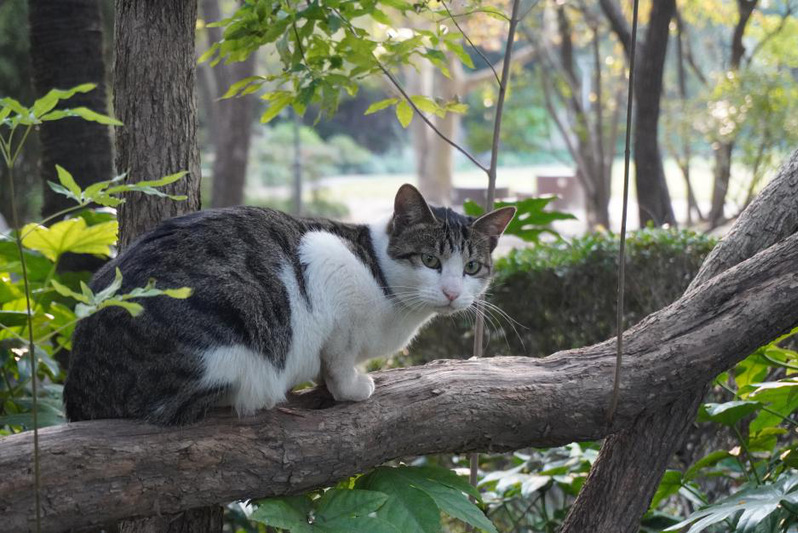
A cat rests on a tree branch
These animals of mystery that most Fudaners have never seen are the objects of interest and investigation for Fudan Ecological Association of Scientific Expedition, a natural science society devoted to exploring and preserving wildlife on Fudan campus.

The logo of Fudan Ecological Association of Scientific Expedition
Founded in 2018, this student club has launched wildlife investigation on campus and continued its effort in spreading knowledge about nature through giving public speeches, writing popular science articles as well as rolling out themed stationery and collectibles.
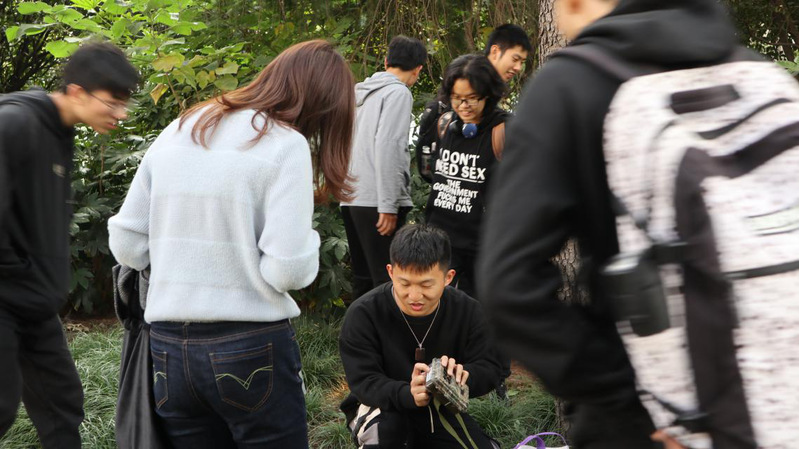
Members of the Association going on an investigation in Fudan
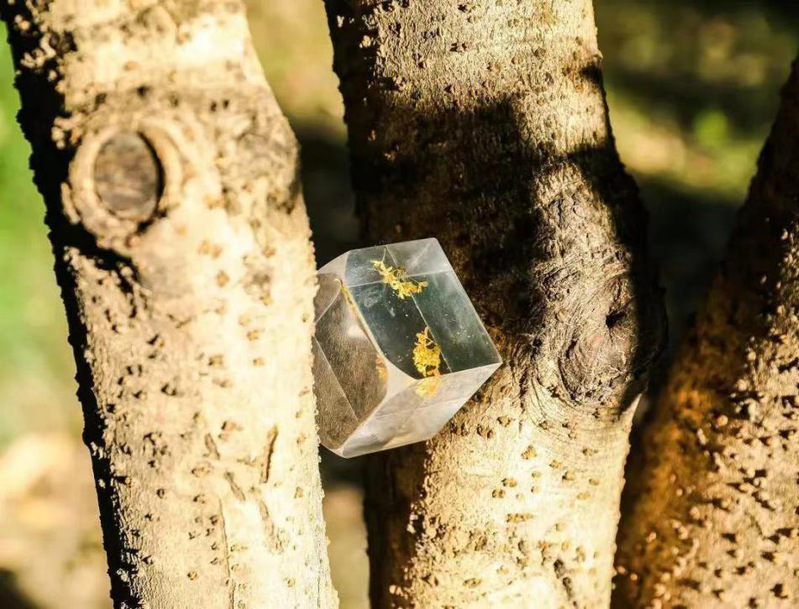
Osmanthus preserved in amber made by the association
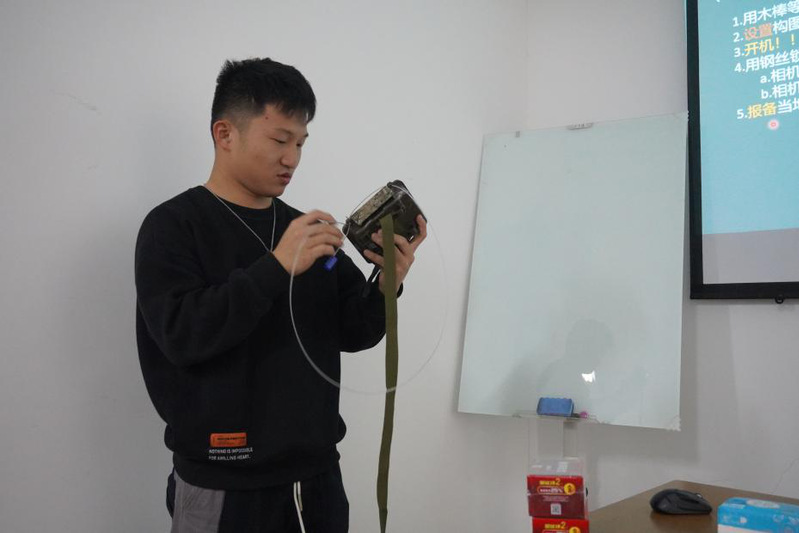
Chen is showing how to use motion-activated infrared cameras
An interview with Chen
The founder of this association, Chen Yongbin, is a third-year postgraduate student majoring in biology. His decision to gather like-minded students fascinated by wildlife can date back to his traveling experience years ago. He can still remember the numbness in his hands that lasted for half a day after touching an unknown plant in Tibet.
“I was so frightened by the numbing effect of the plant that I thought I may die of it,” recalled Chen with a blush. “Only several years later when I started studying biology in a systematic way did I realize that the plant is nettle (荨麻), known for its stinging properties.”
This incident comes to be the “aha moment” for Chen. He thereafter recognizes the importance of understanding the nature, rather than simply feeling the nature.
“Travelling while staying ignorant of what was going on around you is not a good idea,” he said. “We need to know our ‘neighbors’ on this planet and connect with them.”
That is also why he extended his focus from plants to a larger project into wild animals on Fudan campuses. As he explained, the pandemic starting early this year has given rise to a moderate proliferation of wild animals in Fudan due to the sudden absence of human beings on campus. The welfare of these animals became a concern for Chen. “Cats are not the only animals on campus. There are far more wild animals sharing the same living space than most of us expected.”
To detect the traces of these mysterious neighbors, however, is not an easy job.
Motion-activated infrared cameras, lock wire, combination pliers, wooden sticks and mosquito repellents are the utensils that Chen and his teammates usually prepared themselves with when they set off installing surveying instruments in inconspicuous corners covered in grass and bushes on campus.




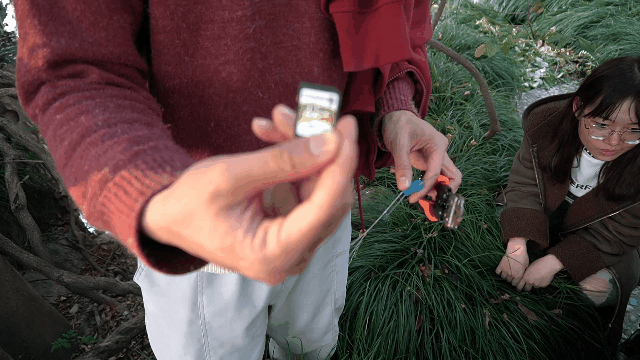
Students setting motion-activated infrared cameras
Since most of the wild animals are nocturnal and extremely timid, Chen and his teammates have to use the motion-activated infrared camera, a kind of camera in camouflage frequently used in wildlife investigations that can capture photos when there is motion in front of it.

A motion-activated infrared camera
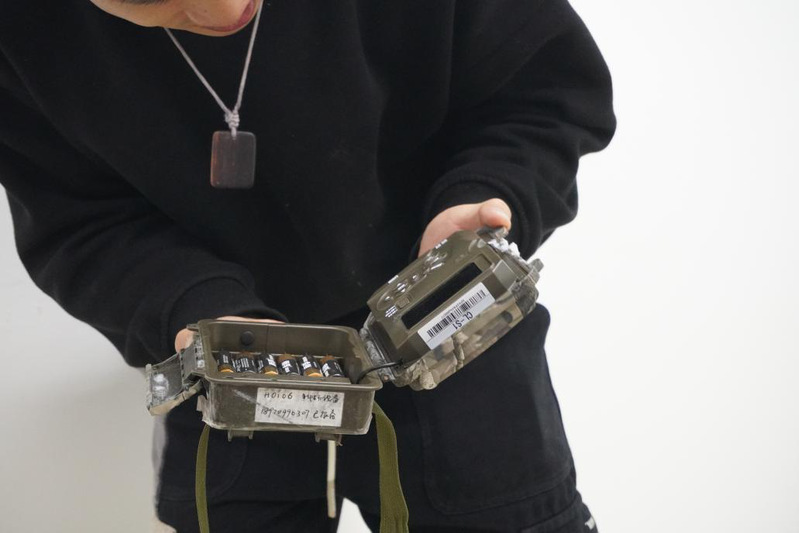
Chen demonstrates the inside of a motion-activated infrared camera
For Chen’s team, by fastening these motion-activated infrared cameras with lock wire onto the lower part of tree trucks in places rarely visited by human beings, the surveyors are able to record the activities of wild animals when they squeeze through the surrounding bushes and cause a shake.
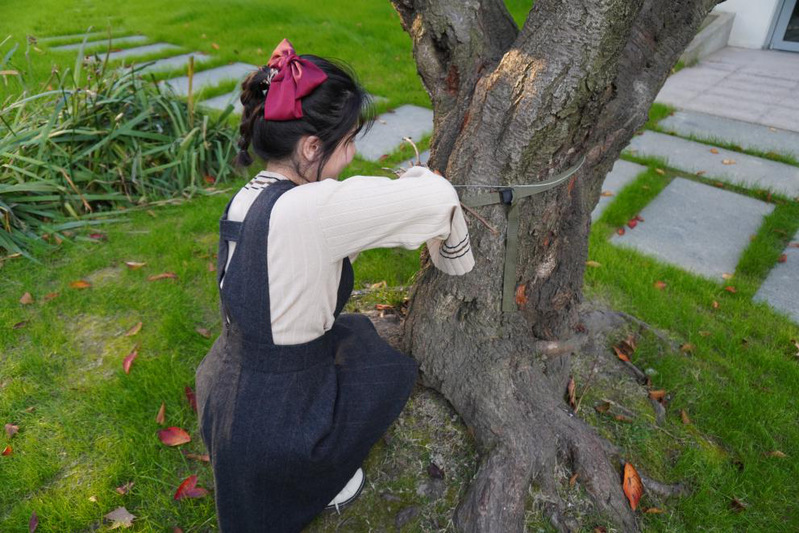
A student fastens a motion-activated infrared camera onto a tree
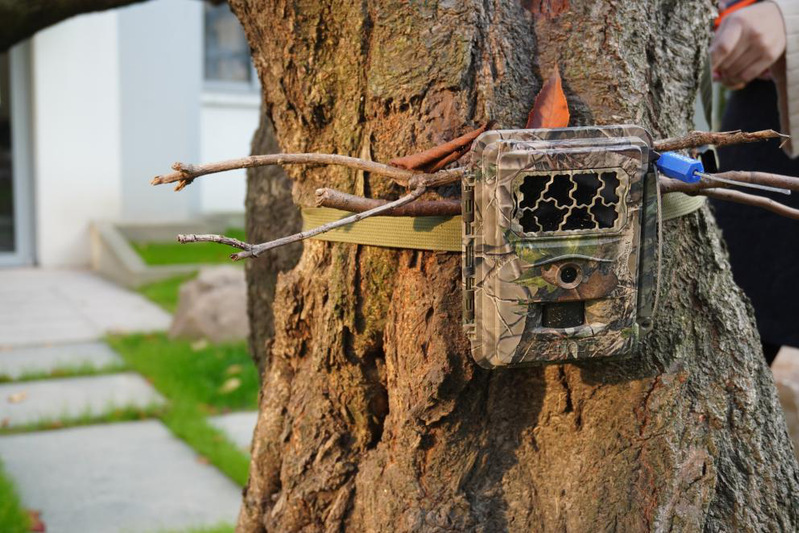
An infrared camera fixed onto a tree with bonds and lock wire
The problem with the cameras is that sometimes they are so sensitive that the motion caused by wind may also trigger the cameras to snap a few photos. “That increases our labor in filtering out unwanted pictures.”
The locations of these cameras are expected to be frequently visited by wild creatures. For example, ecotones, namely the regions of transition between two biological communities, such as places where two types of bushes meet, often accommodate most wildlife. Others spots suited for camera installation, Chen explained, include muddy land near water, where the animals can bend over to drink, and the sites where animal footprints or lumps of earth dug out from the ground are found, which signal the traces of wild animal activities.
A side effect of mastering the skill of placing hidden cameras, however, is that it can be difficult to locate them, even for the members of the association themselves.
“Where is it?” Chen said quietly to himself, giggling as he led us to find one and collect the films it stored. The films are collected roughly every two month. Such hilarious interlude makes every revisit to these cameras an intriguing adventure.

Fish in the pond on Handan Campus
Up till now, Fudan Ecological Association of Scientific Expedition has installed those cameras in camouflage in 16 spots on Fudan campuses, with 5 on Handan campus and 11 on Jiangwan campus. The latter, nicknamed by Fudaners as “Jiangwan Grassland”, is the campus that enjoys the highest degree of biodiversity in Shanghai.
According to Chen, they have now captured hundreds of thousands of pictures via the cameras. They have spotted a dozen of wild species: spotted dove, moorhen, blackbird, hoopoe, weasel, etc. They also discovered hedgehogs on Jiangwan campus as well as a Chinese pond turtle on Handan campus.
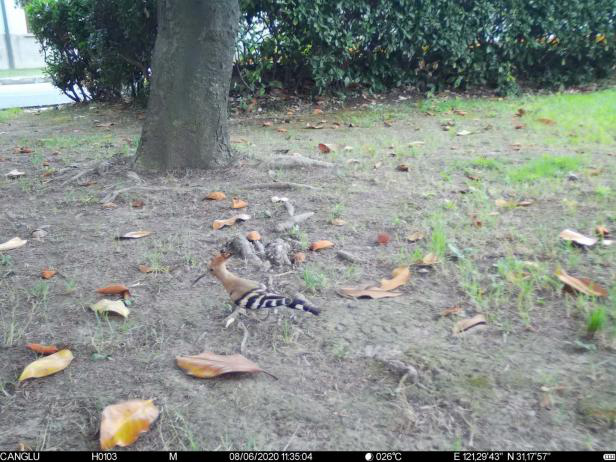
A hoopoe
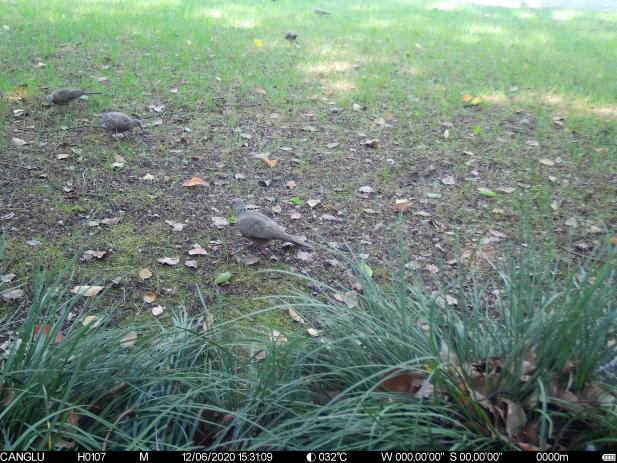
A spotted dove
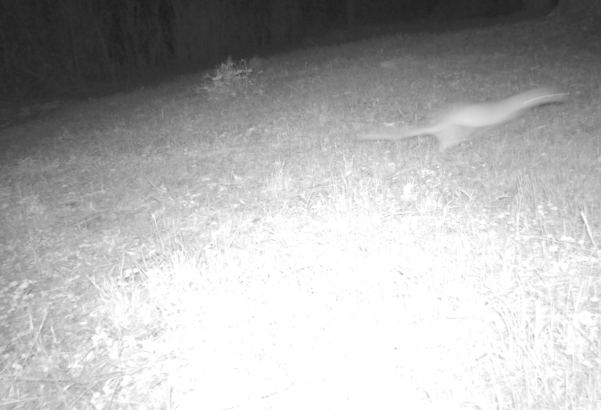
A weasel
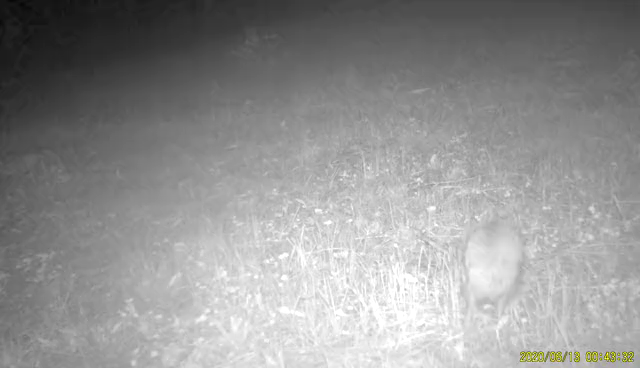
A hedgehog
However, what’s the point of taking the photos of these wild animals?
“By confirming the patterns and areas of wildlife activities, we could come up with suggestions to better the Fudan’s capacity of accommodating these wild creatures so that a mutually beneficial cohabitation can be achieved,” said Chen.
For instance, they have noticed that the many ponds on Handan campus are circumscribed by cement boundaries, which means that if the water level falls in winter, wild birds will not be able not drink the water below. They are forced to resort to unclean water from sewers, which, according to Chen, is detrimental to their health.
Therefore, the association has put on their agenda to draft a proposal concerning improvement for the natural landscape in Fudan. With regard to ponds on campus, for example, Chen suggest that the lotus pond on Jiangwan campus could serve as the model. Fenced by slow slopes from where birds can lean over for water, the lotus pond is more animal-friendly.
The supervisor of the association, Wang Fang, also a surveyor of nature himself, emphasizes the importance of turning a nature lover’s sympathy and knowledge into action. In his view, the wildlife project of the association brings Fudaners’ ingenuity into play with regard to biodiversity preservation. It enables students to acquire firsthand knowledge from nature and apply it to the real problems at hand.
“It is essential to help students leverage the fruit of their research, with which they could indeed contribute to the city’s biodiversity-related policy-making process,” explained Wang. “That’s where the significance of the association lies.”
Aside from the upcoming proposal for Fudan, the association will welcome its more close-at-hand reward. An investigation on invasive plants along Huangpu River on December 5 has brought forward a concrete plan to get rid of the unwanted plants and maintain a harmonious ecosystem on the river bank.
These efforts by Fudaners, according to Wang and Chen, are aimed to promoting China’s urbanization towards more balanced and quality development. By offering research-based projects on nature protection, the student association tries to help the society shift its attention from short-term parameters of city development to the long-term measurements such as biodiversity and ecological equilibrium which have been dismissed for long.
As Chen said, “Fudan is a miniature of China’s mega cities like Shanghai. Only when we figure out how to keep a balance between nature preservation and campus improvement at Fudan can we provide strategies on a larger scale to the nature’s relationship with the city and even the whole human race.”




